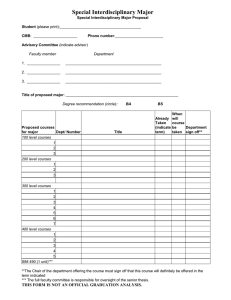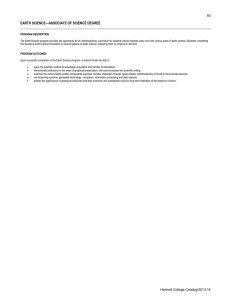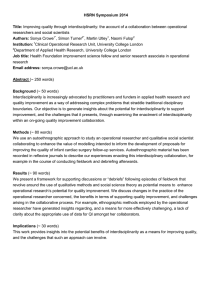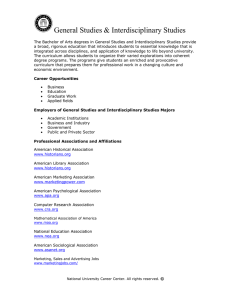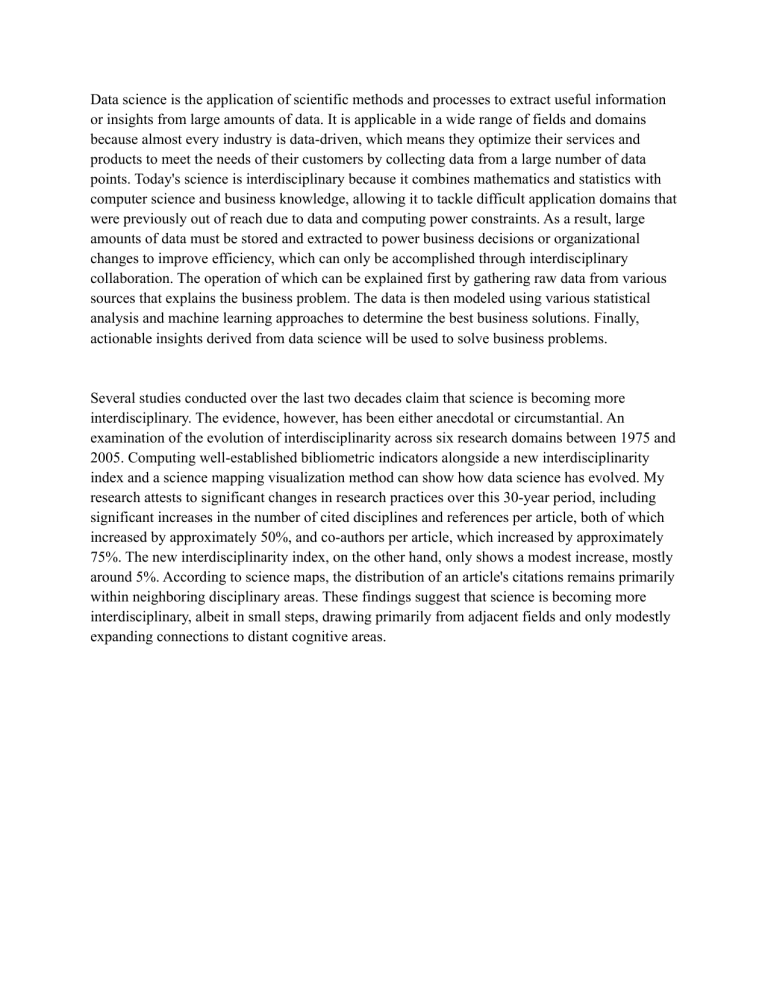
Data science is the application of scientific methods and processes to extract useful information or insights from large amounts of data. It is applicable in a wide range of fields and domains because almost every industry is data-driven, which means they optimize their services and products to meet the needs of their customers by collecting data from a large number of data points. Today's science is interdisciplinary because it combines mathematics and statistics with computer science and business knowledge, allowing it to tackle difficult application domains that were previously out of reach due to data and computing power constraints. As a result, large amounts of data must be stored and extracted to power business decisions or organizational changes to improve efficiency, which can only be accomplished through interdisciplinary collaboration. The operation of which can be explained first by gathering raw data from various sources that explains the business problem. The data is then modeled using various statistical analysis and machine learning approaches to determine the best business solutions. Finally, actionable insights derived from data science will be used to solve business problems. Several studies conducted over the last two decades claim that science is becoming more interdisciplinary. The evidence, however, has been either anecdotal or circumstantial. An examination of the evolution of interdisciplinarity across six research domains between 1975 and 2005. Computing well-established bibliometric indicators alongside a new interdisciplinarity index and a science mapping visualization method can show how data science has evolved. My research attests to significant changes in research practices over this 30-year period, including significant increases in the number of cited disciplines and references per article, both of which increased by approximately 50%, and co-authors per article, which increased by approximately 75%. The new interdisciplinarity index, on the other hand, only shows a modest increase, mostly around 5%. According to science maps, the distribution of an article's citations remains primarily within neighboring disciplinary areas. These findings suggest that science is becoming more interdisciplinary, albeit in small steps, drawing primarily from adjacent fields and only modestly expanding connections to distant cognitive areas.

